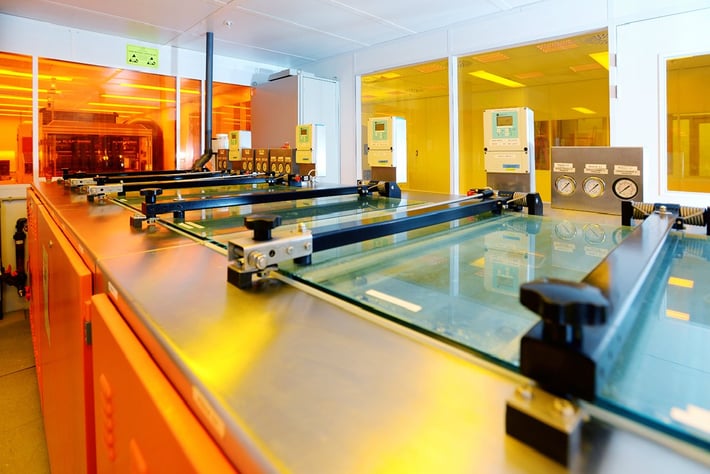Chemical Etching vs. Micro Stamping: What's the Difference?
Jan 22, 2018 5:20:33 PM By Hua FanStamping, also known as pressing, is a manufacturing process that place flat sheet metal into a stamping press, where a tool and die surface forms the metal into desired shape. The trend of miniaturization has driven the industry to micro level, which is referred to as Micro Stamping. Compared to Stamping, or Micro Stamping, Chemical Etching is a more effective process from prototyping to industrial production with shorter lead time, lower costs, better quality, and more design flexibility.

So, what's the difference of Stamping and Chemical Etching?
See below the detailed differences of Stamping, or Micro Stamping, and Chemical Etching in four aspects: Cost Efficiency, Lead Time, Flexibility, and Accuracy.
Cost Efficiency.
Unlike Chemical Etching which features no tooling cost, Stamping always requires substantial investment in tooling and installation: both monetary-wise and time-wise. One stamping die can easily cost thousands of dollars, not to mention the extra costs for setting up and maintenance costs over time.
Lead Time.
With Stamping, the lead time can be 6-8 weeks only for preparing the tooling. Even after the stamping tool is completed, extra time (and costs) will incur for setting up the tooling in the stamping press. With Chemical Etching, lead time is a matter of days. Compared to those who still stamps their precision metal components, you can receive your ultra-precision etched parts even before their stamping tool is ready!
Design Flexibility.
Chemical Etching allows for more design flexibility due to the fact that it requires no tooling investment and that it has a very short lead time, while with Stamping modifying a design means making a completely new die and investing on tooling and setting up all over again. This also means that Chemical Etching is perfect for small amount prototyping as well as industrial production.
Quality/Accuracy.
Chemical Etching is a high precision micro-manufacturing technology. With etching, a higher level of accuracy and precision can be achieved. Moreover, etched parts are completely burr and stress free while stamped parts feature partial burrs and stress at cutting edge. Although minor burr or stress can be acceptable for some applications, it might be a stumbling block for your next breakthrough.
Compared to Stamping, or Micro Stamping, Chemical Etching is clearly the more effective process no matter for prototyping or industrial production with shorter lead time, lower costs, better quality, and more design flexibility.
Learn more about Chemical Etching and how it can contribute to your next R&D project, download our free Whitepaper Chemical Etching here:

